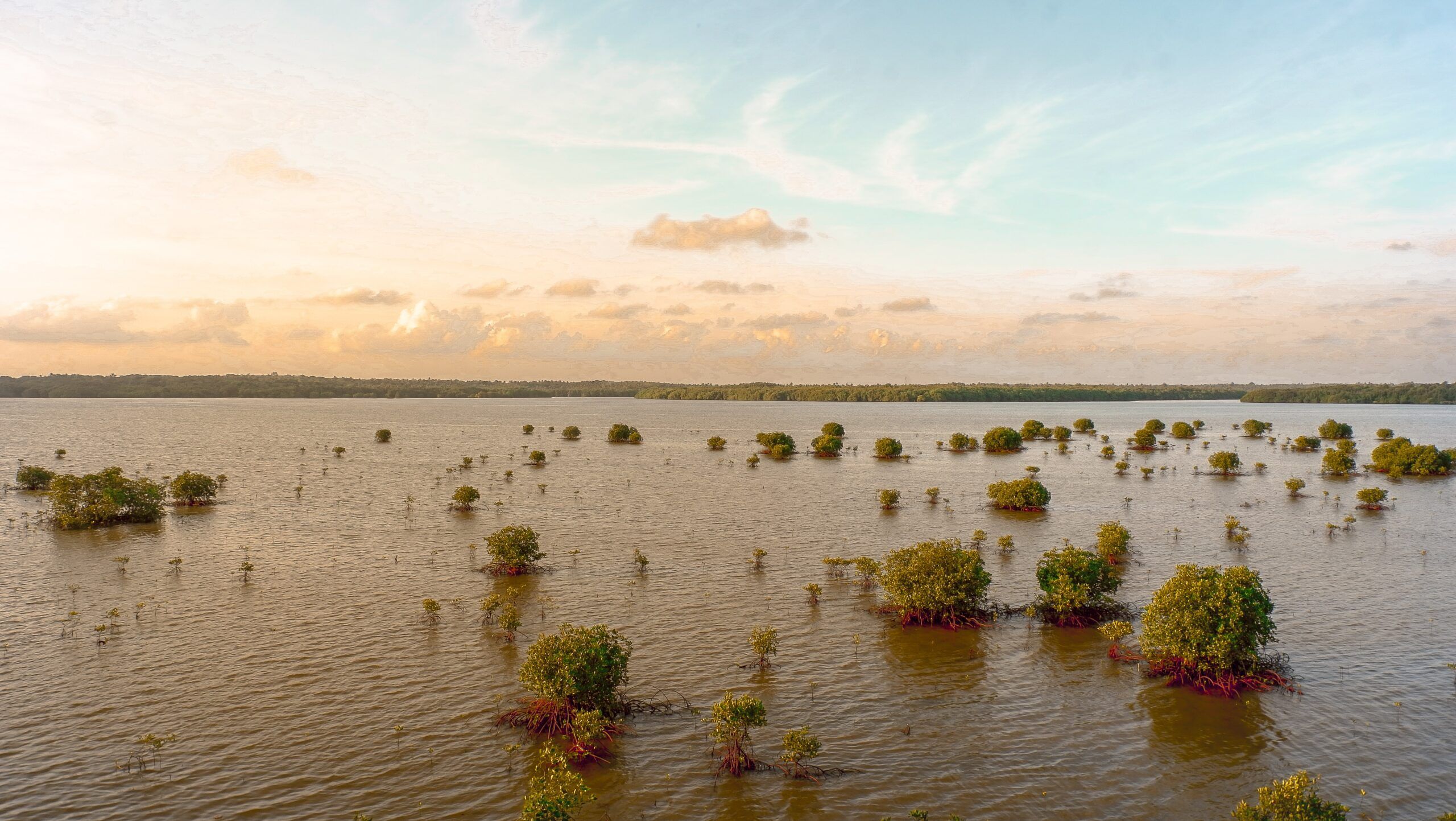Floods, storms and cyclones – any extreme weather for that matter, can wreak havoc within your operations, causing material damage and, in extreme situations, temporary closure and subsequent business interruption.
To mitigate loss it is essential that you consider the insurance covers that you have in place and that these extend beyond pure material damage and include appropriate Public Liability cover and extensions such as Business Interruption. No one wants to absorb the costs of a re-build, potential litigation or indeed lost business for the two months that it might take to get the operation back up and running.
It is not inconceivable that these occurrences might indeed pose a threat of life to your staff and guests. Indeed, we have seen many incidents where injury and sadly loss of life have occurred. It is therefore very important that you not only have appropriate insurances in place but that you are linked to remote incident management team who are familiar with the tourism industry, have a deep situational awareness, i.e. they know your area of operation, have access to a network of providers and not just a single assistance group/evacuation product and who are prepared to shoulder liability once they take on the management of the incident.
Both the insurance and the incident management services are specialist services that you need to consider and are not available “over the counter” – from general brokers or assistance providers. When things go wrong you want experts on your side!
The above are what we call Risk Transfer strategies. The stuff you don’t want to deal with and you hand over to those who can i.e. large financial loss (insurance) or incident management (because quite honestly this is likely to be beyond your scope of work!).
However, there is lots you CAN do on the ground. Here are a few tips of how to build ownership and manage risks within your capabilities. The following action plan would ensure you and your team are able to minimise the extent of damage:
BEFORE THE STORM
(To last for minimum of 3 – 5 days.)
- Stay alert to storm warnings.
- Enact your disaster plan.
- Map out your emergency route – do not leave without a specific place to go.
- Make sure your vehicles are fuelled.
- Secure your disaster supply kit, including important documents.
- Evacuate immediately when advised to do so.
- Secure your establishment before leaving – board up windows, glass doors, anchor loose objects or bring them inside before locking doors.
- Have cash handy – banks and ATMs could be temporarily closed.
- Notify Crisis Call Centre, agents, neighbours, family and friends of your plans.
- If possible evacuate to nearby safe property, a hotel or public shelter (remember that shelters are not designed for comfort!).
- Flash lights.
- Extra batteries for all.
- Cleaning supplies/trash bags.
DURING THE STORM
(Power could be off for several days.)
- Stay away from low lying and flood-prone areas.
- Always stay indoors to avoid flying objects.
- Leave canvas structures, tents, mobile units and go to an emergency shelter.
- If not located on higher ground, proceed to an emergency shelter.
AFTER THE STORM
- Stay indoors until safe to come out.
- Check and help injured or trapped people, without putting yourself in danger.
- Be alert to flooding – do not drink tap water until safe to do so.
- Do not attempt to drive in flooding water.
- Stay away from standing water – it could be electrically charged from underground or downed power lines.
“Grab Bag” – Storm Essentials
(This is dependant of the remoteness of your operation naturally.)
- Drinking water.
- Canned food – manual can opener.
- First Aid kit.
- Extra prescription medicines.
- Eating utensils.
- Cash.
- Sleeping bags/blankets/pillows and groundsheets.
- Toiletry articles (including toilet rolls).
- Mosquito/insect repellent.
- Rope-extension cords – insulation tape.
- Battery operated radio.
Manual Tools may come in handy and you would consider a hand saw (branch cutting saw), basic tool kit – claw hammer, vice grip pliers, screwdrivers etc. Heavy-duty work gloves, a shovel and utility knife.
The above is quite broad and you would need to adjust for your specific environment, but we hope you found this useful!
IMPORTANT: Always keep the SATIB24 Crisis Call number easily accessible (+27 31 100 2370). For those times when risk is out of your control, SATIB24’s 24/7 incident management team can provide expert support in real-time. For more information visit: staging.satib.co.za/satib24-crisis-call



